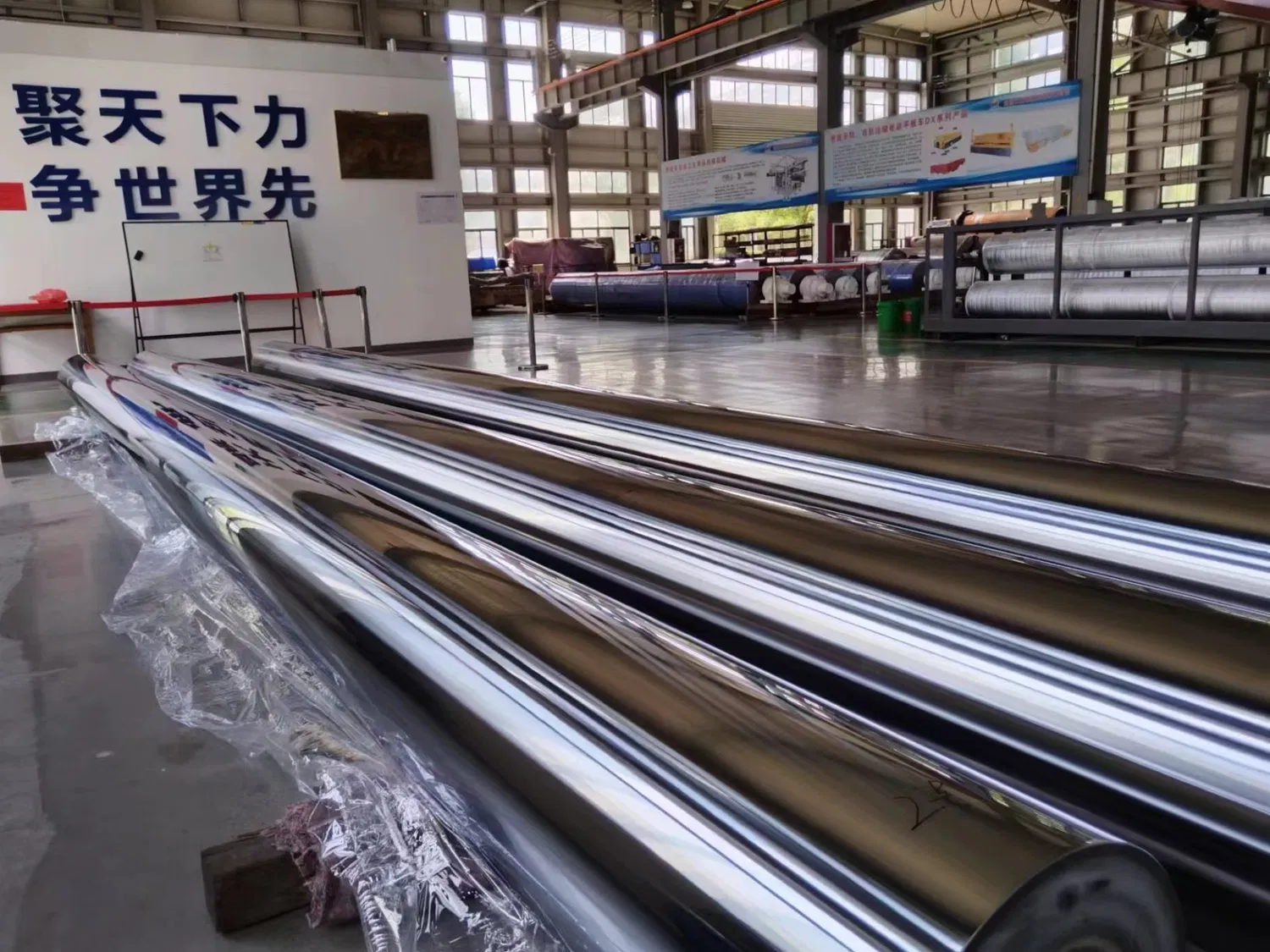In today's fast-paced and highly competitive industrial landscape, the demand for precision and accuracy in manufacturing processes has never been greater. This is especially true when it comes to the production and handling of paper rolls, where even the slightest deviation in geometry can have significant consequences on product quality, efficiency, and cost-effectiveness.
The Critical Role of Precision Measurement in Paper Roll Production
Precision measurement plays a crucial role in ensuring that paper rolls meet the required specifications and standards. By accurately verifying the geometry of paper rolls, manufacturers can identify and address any issues early in the production process, thereby minimizing waste, reducing downtime, and improving overall productivity.
Understanding Paper Roll Geometry
Before we delve into the specifics of precision measurement techniques, it's important to understand the key aspects of paper roll geometry. These include:
- Roll diameter: The overall size of the paper roll, which can have a significant impact on its storage, transportation, and processing.
- Roll eccentricity: The deviation of the roll's central axis from its ideal position, which can lead to vibration, wear, and other issues during processing.
- Roll winding quality: The uniformity and consistency of the paper layers within the roll, which can affect the stability, reliability, and performance of the final product.
Advanced Precision Measurement Techniques for Paper Roll Geometry Verification
To ensure the highest level of accuracy and reliability in paper roll geometry verification, manufacturers are increasingly turning to advanced precision measurement techniques. Some of the most popular and effective methods include:
Laser Triangulation
Laser triangulation is a non-contact measurement technique that uses a laser beam and a sensor to accurately determine the distance between a point on the paper roll's surface and a reference point. By taking multiple measurements at different angles and locations, it's possible to create a detailed 3D model of the paper roll's geometry, which can be analyzed for any deviations or irregularities.
Optical Encoders
Optical encoders are devices that use light to measure the position, speed, and direction of rotation of a moving object. In the context of paper roll geometry verification, optical encoders can be used to measure the diameter and eccentricity of the roll by tracking the movement of a sensor as it travels along the roll's surface.
Capacitive Sensors
Capacitive sensors are another non-contact measurement technique that can be used to verify paper roll geometry. These sensors work by detecting changes in an electrical field as they approach the surface of the paper roll. By analyzing these changes, it's possible to accurately measure the roll's diameter, eccentricity, and winding quality.
Practical Applications and Benefits of Precision Measurement Techniques
Here are just a few examples of how precision measurement techniques can be applied in real-world scenarios to improve paper roll production and processing:
- Quality control: By regularly verifying the geometry of paper rolls, manufacturers can quickly identify any deviations from the required specifications and take corrective action to maintain product quality and consistency.
- Predictive maintenance: By monitoring the geometry of paper rolls over time, it's possible to identify trends and patterns that may indicate the onset of wear, damage, or other issues. This information can be used to schedule maintenance activities proactively, thereby minimizing downtime and reducing costs.
- Process optimization: By analyzing the geometry of paper rolls, manufacturers can gain valuable insights into the performance of their production processes. This information can be used to identify areas for improvement, optimize process parameters, and ultimately increase efficiency and productivity.
Conclusion
As we've seen, precision measurement techniques play a critical role in verifying the geometry of paper rolls and ensuring the highest level of quality, efficiency, and cost-effectiveness in the production and processing of these essential products. By staying up-to-date with the latest tools and methodologies in this field, manufacturers can gain a competitive edge and position themselves for success in today's fast-paced industrial landscape.
For more detailed information on precision measurement techniques for paper roll geometry verification, please visit our official website: https://www.er88p.cn



